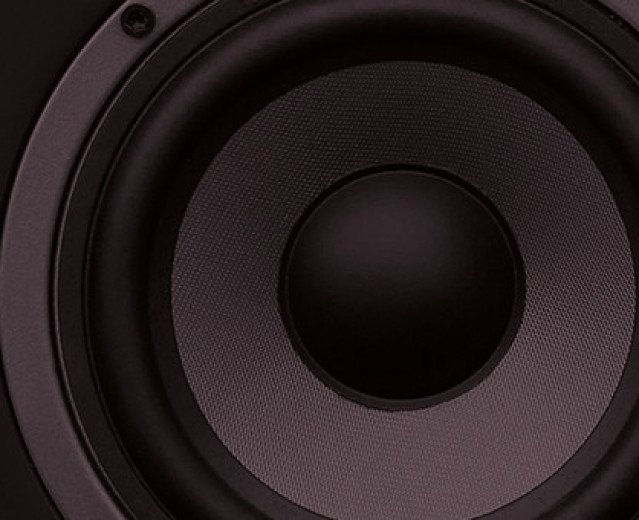Price and quality
There is no
difference between active and passive version of the same loudspeaker in terms
of sound quality. If drivers (that
is, woofer, tweeter, etc.) and cabinet design are the same, performance is the same.
If we consider the electrical reliability, an active speaker is virtually
more fragile; on the other hand, a mismatch between power amp and speakers, by
not taking into account power, impedance, etc., can damage both parts.
Price. Comparing two identical loudspeakers, one active
and one passive, it is clear that the
passive is cheaper. Price can often be 30-40% less, since there is no
amplifier and/or for other commercial reasons. Of course, this saving will be
spent on a power amp, a mixer and connection cables.
For a real comparison
it would be better to consider the entire audio system and not simply
loudspeakers.
After all, if
we estimate the total amount of these two supposed systems, we will realize
that the difference is minimal and much
depends on quality of each component.
Nevertheless,
active speaker has an advantage over passive one: with a smaller initial
investment (cost of a single speaker) we can start making music immediately and
complete our system later. Vice versa, in case of passive speakers our initial budget
must be enough to purchase all components listed above.
What is the best
solution for you?
After
understanding the differences between passive and active speaker, pros and cons
of each solution, and how they impact on price and quality, we must give an answer
to a basic question: what is the best
solution for us. Obviously, there is no single answer, but each of us will
answer taking into account some important factors:
- Budget
- Technical knowledge
- Type of audio source to reinforce (DJ console, keyboard, guitar, microphone)
- Number of audio signals to amplify
Budget
If your initial
budget allows for a complete audio system, like those described in previous
section, there is small difference between active and passive system; but with
a limited budget, then an active loudspeaker is the only way to go.
Technical knowledge
If you are
not familiar with concepts like RMS, program and peak power, speaker impedance,
sound pressure level, etc., the easiest choice is an active speaker, that only
needs a power cable and an audio cable to connect your sound source!
If you feel
a little more techie and comfortable in setting up a small audio system with passive
speakers, perhaps this is the best solution, also because your technical education
goes probably side by side with your need of higher audio performance.
Type of sound source to
amplify
It is very
important to know what kind of source you have to amplify before your purchase.
If you are, for example, an acoustic guitar player, and the only way to amplify
your guitar is through a microphone, you will need a loudspeaker with a Cannon input
(balanced XLR); if you have an electronic piano or a DJ console, you will need
a 6.3mm Jack phone input or RCA cinch, and so on.
In all
these cases, an active loudspeaker can be OK for your needs. Many active loudspeakers
include all this kind of inputs, but it’s important to make sure of that when
you choose the speaker.
Number of audio sources to
amplify
In order to know if one or two active speakers are enough, or if a mixer is required, you must take into account how many musical instruments, microphones and other sound sources must be amplified. Very often, active speakers have a small built-in mixer (3 or 4 channels) that allows you to use, for instance, a microphone, a CD player, an acoustic guitar, and route the mix to a second speaker. If this is your need, the active speaker is OK; otherwise you will have to buy a mixer, and in this case, the differences between the two systems become minimal.
